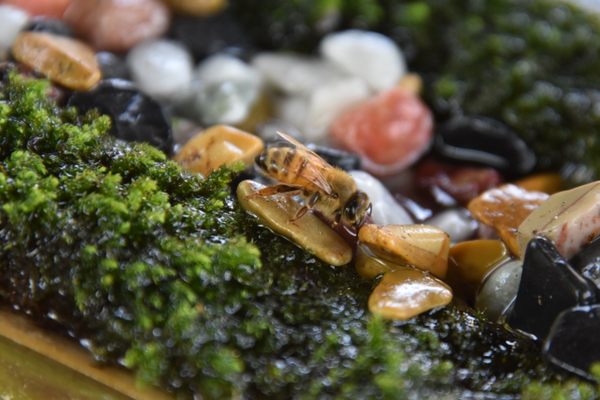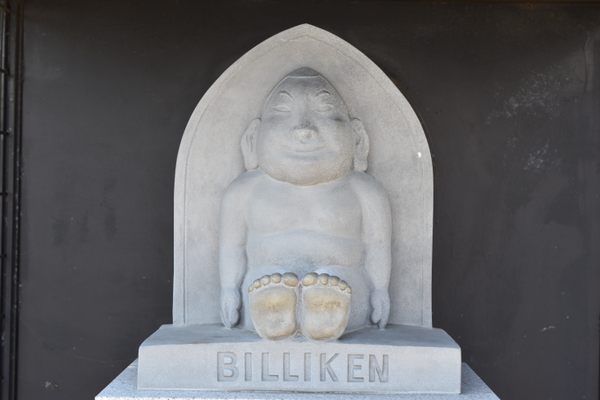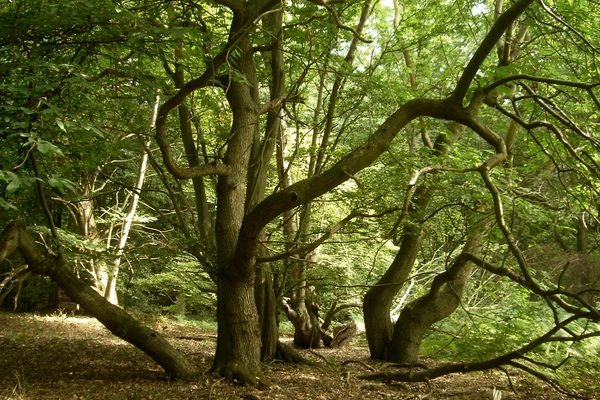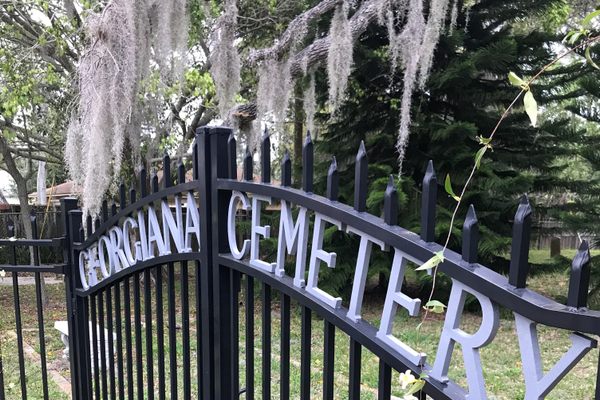AO Edited
Kasane-ga-fuchi
The eerie, tragic setting of one of Japan’s most popular ghost stories.
Japanese folklore and popular culture are fond of ghost stories, often focusing on their tragic, melodramatic aspects. There is even a “big three” of Japanese ghost stories, which always includes Yotsuya Kaidan and Banchō Sarayashiki, while the third place usually goes to either Botan Dōrō or Kasane-ga-fuchi.
With the exception of Botan Dōrō, which was adapted from a Chinese story, these ghost stories revolve around real-life figures in feudal Japan, set in actual locations in and around Tokyo. Kasane-ga-fuchi is the only location outside Tokyo and can be found in Joso City, give or take two hours away. It refers to an “abyss” of the Kinugawa River running at the back of Hōzō-ji Temple, named after a local girl who met a tragic demise.
The story of Kasane was first recorded in the 17th century and is purported to have been based on a true story that transpired between 1612 and 1672. It was later popularized through numerous kabuki and rakugo adaptations. In 1924, the story was adapted into a silent film and has since been remade at least half a dozen times.
According to the popular version of the story, a widowed farmer named Yoemon lived in the village of Hanyu with his second wife Osugi, who had a disabled and disfigured daughter named Suke. Yoemon hated the girl so much that he snapped and pushed her into the river one day, leaving her to drown.
The following year, Yoemon and Osugi had a daughter and named her Rui, but she grew up to be the spitting image of Suke, so the villagers started to call her “Kasane,” another reading of the kanji character for Rui which means “layer.” Years later, Kasane cared for a sick drifter named Yagoro and married him once he recovered.
Yagoro, however, was not exactly fond of his “ugly” wife and brutally murdered her. He immediately remarried—again and again. After the next five wives died of mysterious causes, he finally had a daughter with his seventh wife and named her Kiku. The girl was possessed by the spirits of Kasane and Suke, who accused Yagoro of his sins. The famed Buddhist saint Yuten was called in and successfully exorcized the ghosts, putting the restless souls at peace.
The story has many variations, including a few in which Kasane is depicted as a beautiful woman to emphasize the tragedy. The original 17th-century text is mainly dedicated to the heroic deeds of Yūten the exorcist, and some scholars suggest that the work may have been nothing more than Buddhist propaganda.
No matter what the case is, the graves of Kasane (Rui), Suke, and Kiku do exist and can be visited at Hōzō-ji Temple, hinting that the tale might have been (at least partially) inspired by actual events after all. Or was it?
Know Before You Go
To visit the former village of Hanyu by public transport, first head to Moriya Station and take the Kantetsu-Joso Line train to Kita-Mitsukaidō Station; from there, it's a 30-minute walk. The graves are given a special plot and easy to spot once you're inside the premises of Hōzō-ji. The Kasane-ga-fuchi abyss itself is an unremarkable bend of the Kinugawa River and difficult to distinguish.


















Follow us on Twitter to get the latest on the world's hidden wonders.
Like us on Facebook to get the latest on the world's hidden wonders.
Follow us on Twitter Like us on Facebook